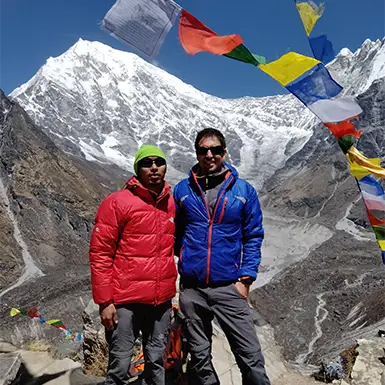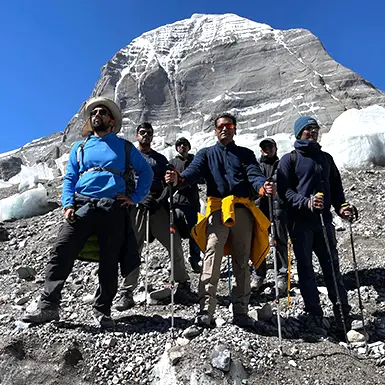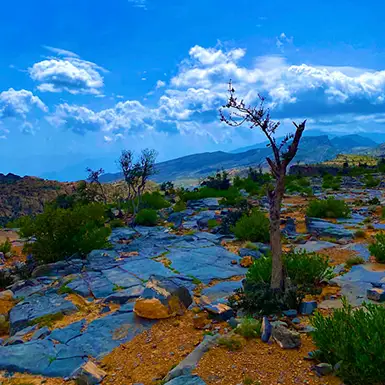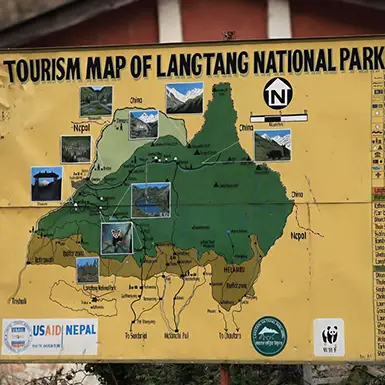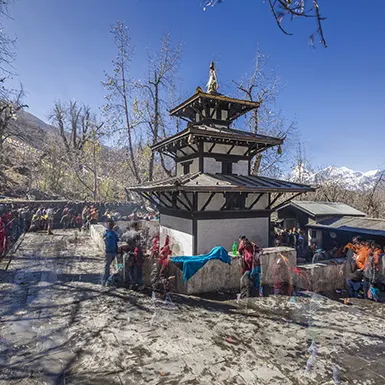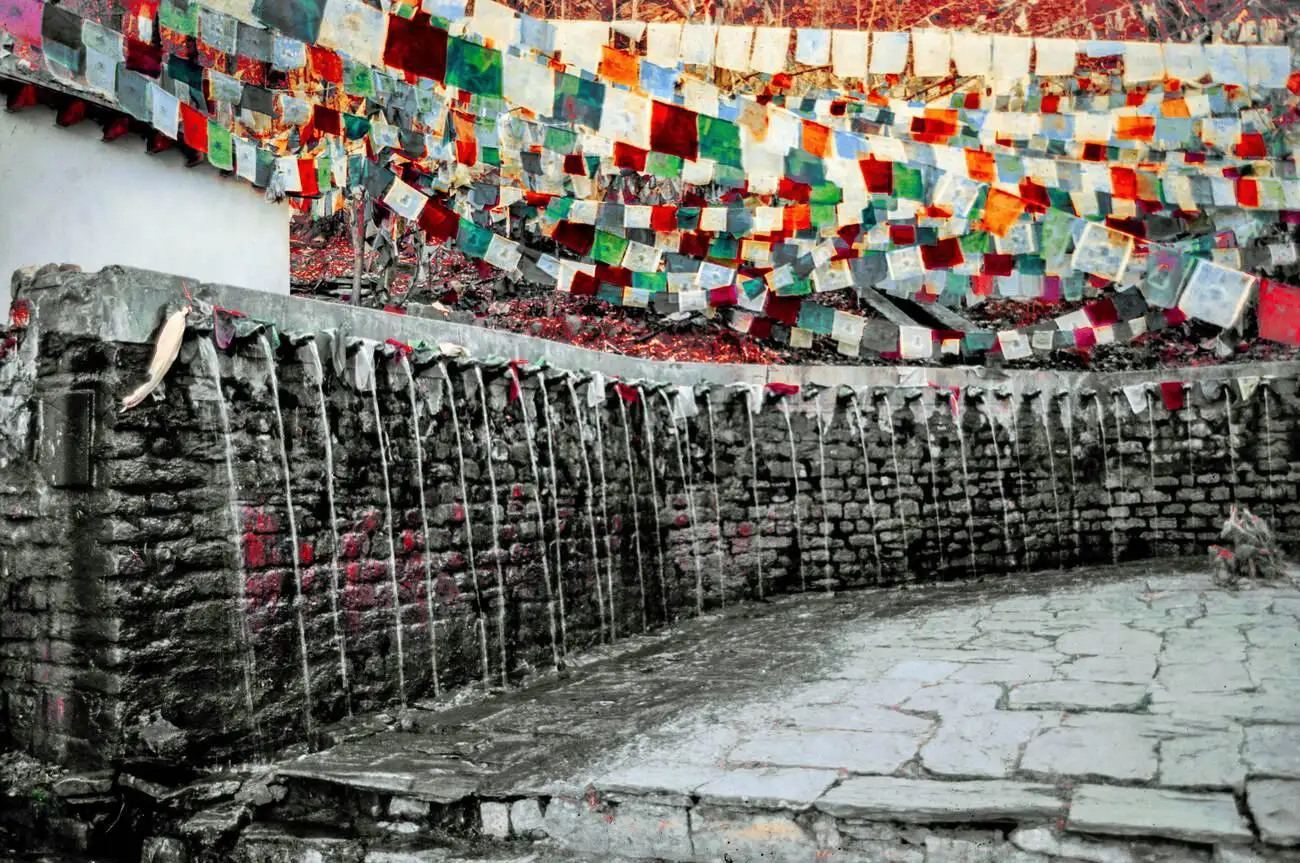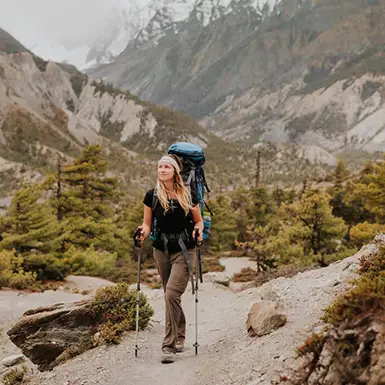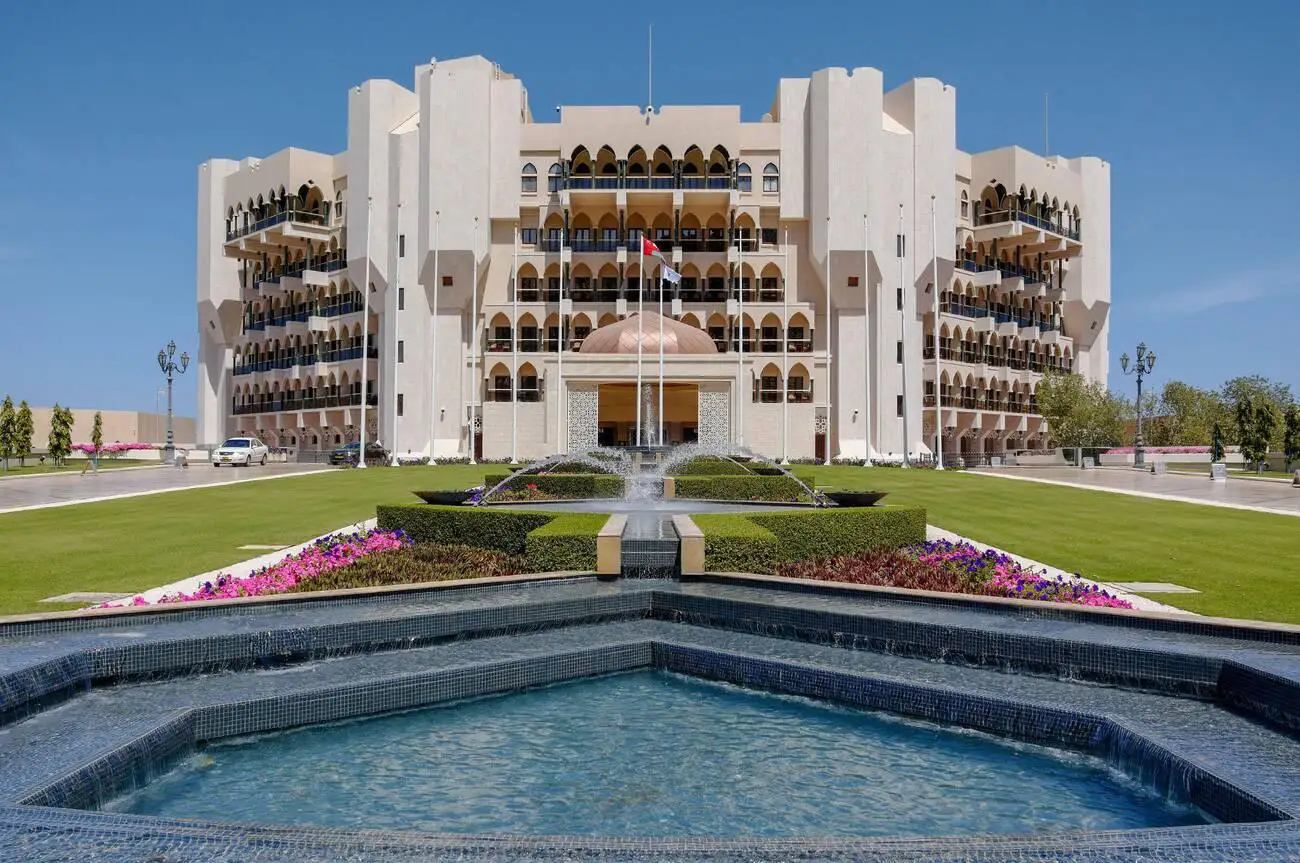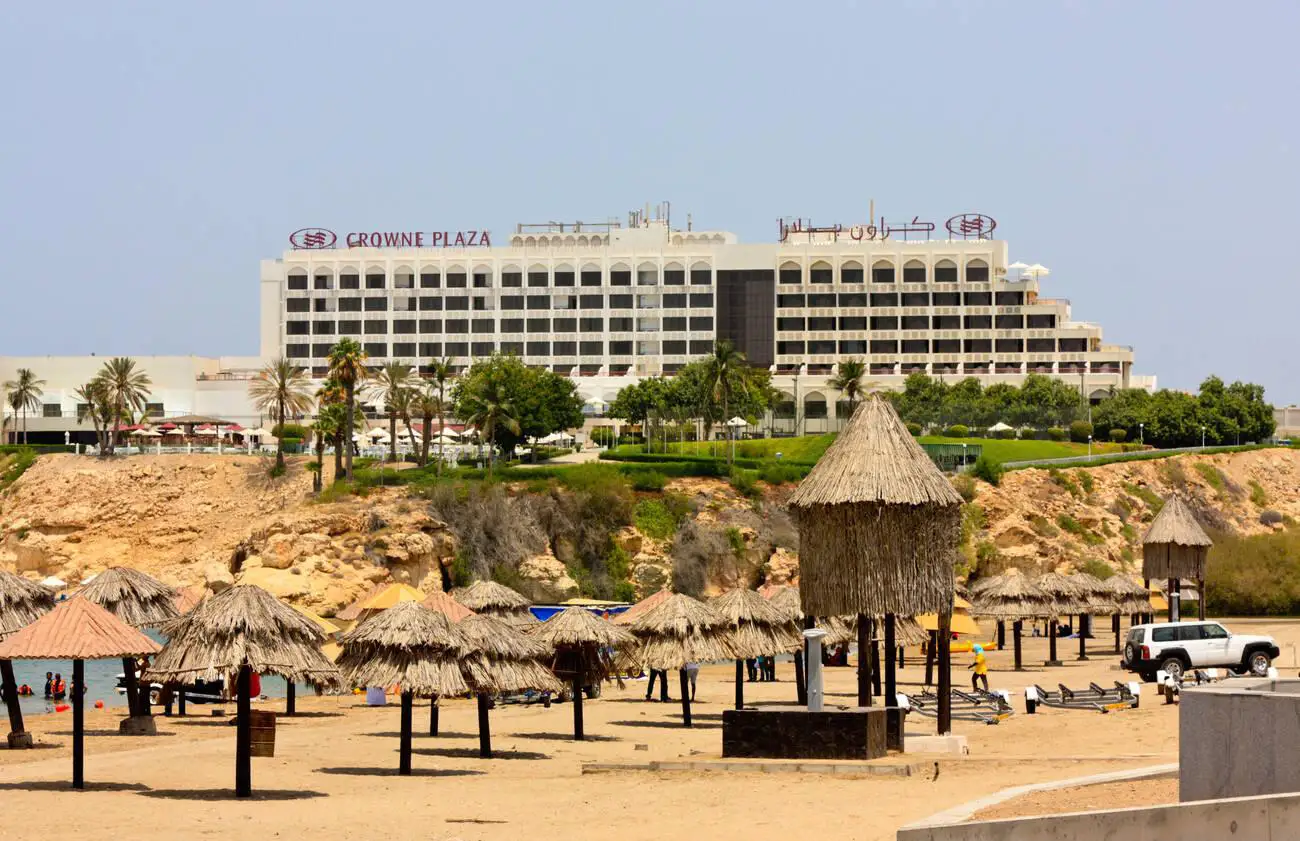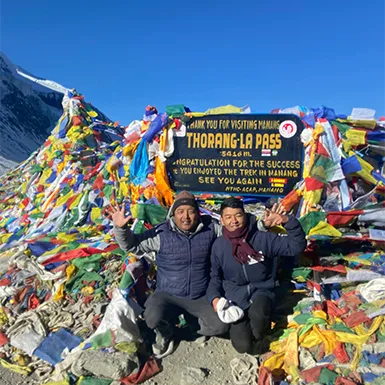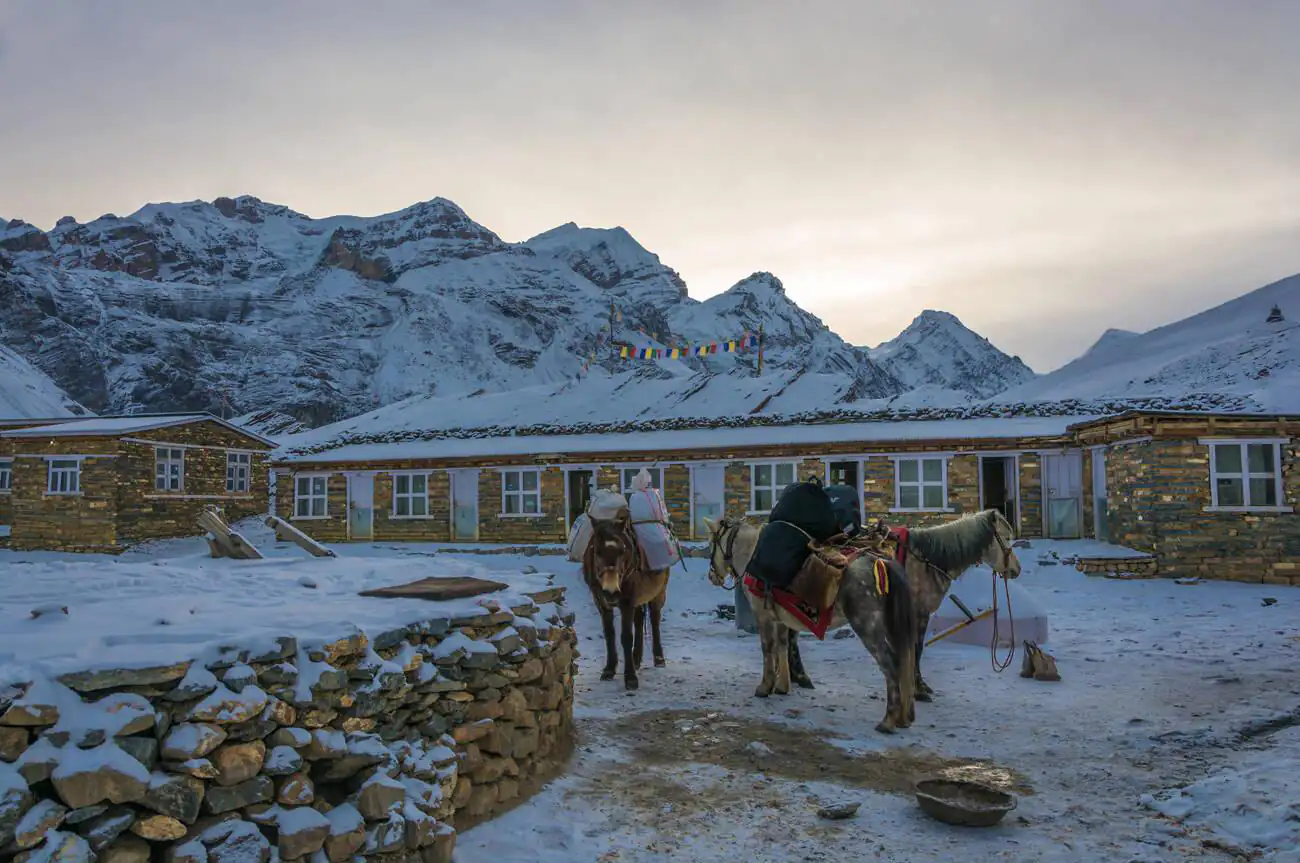Cost Estimates
Planning the Kailash Mansarovar Yatra from Singapore involves understanding the costs. Here’s a breakdown to help you budget effectively.
Breakdown of Expenses
- Flights: Depending on the season and how early you book, round-trip flights from Singapore to Kathmandu or Lhasa range from SGD 800 to SGD 1,500.
- Visas and Permits: Singaporean passport holders do not need a visa to stay in China for up to 15 days. However, Tibet and Mount Kailash permits are required and usually cost around SGD 300, arranged through a tour operator.
- Tour Packages: A standard tour package, including accommodation, meals, transportation, and guides, typically costs SGD 4,000 and SGD 5,000 per person.
- Personal Expenses: Allocate extra funds for tips, snacks, souvenirs, and emergencies. This might add up to SGD 500 to SGD 800.
Budgeting Tips
- Book Early: Airlines and tour operators often offer early booking discounts. Reserving your spot several months in advance can save you money.
- Travel Off-Season: Prices may be lower during off-peak times. However, ensure that weather conditions are still suitable for the yatra.
- Group Discounts: Traveling with a group can reduce costs per person. Some tour operators offer discounts for larger groups.
- Compare Tour Operators: Research and compare what’s included in different packages. Some may offer additional services at a better price.
By planning carefully, you can manage the expenses of the Kailash Mansarovar Yatra from Singapore and enjoy a fulfilling pilgrimage without overspending.
Best Time to Visit
The best time to visit Mount Kailash is crucial when planning the Kailash Mansarovar Yatra from Singapore. The optimal season for this pilgrimage is from late May to September. During these months, the weather is more favorable, making the trek safer and more comfortable.
Optimal Season: Late May to September
Late May signals the start of warmer weather in the region. Snow begins to melt, and trekking paths become accessible. From June to September, temperatures are milder, and daylight lasts longer. This period is ideal for those undertaking the Kailash Mansarovar Yatra from Singapore, as it provides the best conditions for travel and sightseeing.
Climate Considerations
Even during the optimal season, the weather can be unpredictable. Expect a big difference in temperature between day and night. Daytime ranges from 15°C to 20°C, but nights can get very cold, dropping below freezing. July and August may bring occasional rain, leading to slippery trails. High altitudes also pose a risk of altitude sickness.
Tips for Weather Challenges
- Pack Layers: Bring clothing that can be layered to adapt to temperature changes.
- Monitor Weather Reports: Monitor the local weather forecasts during your trip.
- Allow Time to Acclimatize: Allocate additional days to acclimate to the high altitude to minimize the likelihood of illness.
By selecting the best time to visit and preparing for climate variations, your Kailash Mansarovar Yatra from Singapore can be a rewarding and memorable experience.
Physical Preparation
Fitness Requirements
Proper physical fitness is essential for the Kailash Mansarovar Yatra from Singapore. The trek covers high-altitude regions with steep ascents and rugged terrains. Good health and endurance enable you to handle long distances and challenging conditions. Undergoing a medical check-up before the trip ensures you are fit for high-altitude trekking.
Acclimatization
Adjusting to higher altitudes is essential for travelers coming from Singapore to avoid altitude sickness on the Kailash Mansarovar Yatra. Gradually ascending to higher altitudes allows your body to adapt to reduced oxygen levels. Including rest days in your itinerary helps your body adjust. Staying hydrated and eating light meals support the acclimatization process. Recognizing symptoms of altitude sickness, such as headaches and nausea, is essential so you can seek immediate help.
Training Tips
Begin physical training at least three months before departure. Incorporate cardiovascular exercises like jogging, swimming, or cycling to improve stamina. Practice hiking on hills or stairs to strengthen the leg muscles needed for trekking. Yoga and stretching exercises enhance flexibility and balance. Breathing exercises increase lung capacity, aiding in high-altitude environments. Eating a healthy diet improves your training and strengthens your immune system. Additionally, ensuring enough sleep and rest is vital for maintaining overall fitness.
Health and Safety Precautions
Altitude Sickness Awareness
High altitudes encountered during the Kailash Mansarovar Yatra from Singapore can affect health significantly. Altitude sickness may occur when ascending above 2,500 meters due to lower oxygen levels. Common symptoms include headaches, nausea, dizziness, fatigue, and shortness of breath. Drinking plenty of water will help people stay hydrated, which is essential for preventing dehydration and supporting acclimatization. Eating light meals and avoiding alcohol also reduce risks. Ascending gradually allows the body to adjust naturally. Recognizing early signs of altitude sickness enables prompt action, such as resting or descending to a lower altitude. Seeking medical attention if symptoms worsen is crucial for safety.
Medical Check-ups
Consulting a doctor from Singapore before starting the Kailash Mansarovar Yatra is essential. A medical professional can assess your fitness level and provide personalized advice. Discuss any pre-existing conditions that might be affected by high altitudes, such as heart or lung issues. Obtaining a health clearance ensures you are physically prepared for the trek. The doctor might suggest certain exercises to help build endurance. Carrying a basic first-aid kit with necessary medications is advisable. Informing your tour operator about any medical conditions helps them better assist you.
Vaccinations and Medications
Updating routine vaccinations protects against common diseases encountered during travel. Vaccinations for tetanus, diphtheria, and hepatitis A and B are recommended. Discuss vaccinations for typhoid, meningitis, and influenza with your doctor. Carrying medications for altitude sickness, such as acetazolamide, may be helpful. Bringing medicines for digestive issues, pain relief, and allergies can provide comfort during the trip. Ensuring all medications are properly labeled and stored is essential. Keeping a copy of your prescriptions can assist in case of emergencies.
Packing Essentials for Kailash Mansarovar Yatra from Singapore
Proper packing ensures a comfortable and safe experience during the Kailash Mansarovar Yatra from Singapore. Bringing the right items helps you adapt to varying weather conditions and challenging terrains.
Clothing
Layered clothing suits the varying temperatures in high-altitude regions. Start with moisture-wicking base layers to keep your skin dry. Add insulating layers like fleece jackets for warmth. Carry a waterproof and windproof outer layer to protect against rain and strong winds. Pack thermal underwear for cold nights. Bringing extra socks and undergarments maintains hygiene during the trek.
Footwear
Sturdy trekking boots provide support and grip on uneven paths. Choose boots that are waterproof and have good ankle support. Breaking in new boots before the trip prevents blisters. Packing a pair of comfortable sandals or sneakers for evenings allows your feet to rest. Bringing extra shoelaces can be helpful in case of breakage.
Accessories
Protecting yourself from the sun and cold is essential. Sunglasses with UV protection shield your eyes from solid sunlight at high altitudes. Applying sunscreen with a high SPF prevents sunburns. Wearing a wide-brimmed hat or cap protects your face and neck. Packing warm gloves and a scarf keeps your hands and neck warm during cold temperatures. Bringing a lightweight headlamp or flashlight assists in low-light conditions.
Medical Kit
Carrying a primary medical kit addresses minor health issues. Include Band-Aids, antiseptic wipes, pain relievers, and any prescription medications. Bringing medicines for common ailments like headaches, colds, and digestive problems is advisable. Packing altitude sickness medication can be helpful. Keeping a copy of your medical prescriptions ensures you can obtain replacements if needed.
Proper preparation of your packing list contributes to a successful Kailash Mansarovar Yatra from Singapore. Focusing on essential items enhances comfort and safety during the pilgrimage.
Cultural Etiquette
Understanding cultural etiquette enhances your experience during the Kailash Mansarovar Yatra from Singapore. When engaging with communities in Tibet, it is important to honor the customs and traditions of the local people.
Respecting Local Customs
Showing respect for religious practices and local customs fosters positive interactions with locals. Wear modest clothing, particularly when visiting temples and monasteries. Before entering sacred areas, remove your shoes and refrain from touching religious objects unless you have permission. Observing silence or speaking softly in holy sites demonstrates reverence.
Photography Rules
It is polite to ask for permission before taking photos of people or religious ceremonies. Some monasteries and temples prohibit photography inside. Look for signs indicating restrictions, or ask a guide if unsure. Respecting these rules prevents offending locals and preserves the sanctity of sacred sites during your Kailash Mansarovar Yatra from Singapore.
Language Tips
Learning basic phrases in Tibetan or Mandarin helps people communicate with locals. Simple greetings like “Tashi Delek” (hello in Tibetan) or “Ni Hao” (hello in Mandarin) are appreciated. Knowing phrases like “Thank you” (“Thuk-je-che” in Tibetan) enhances interactions. Carrying a phrasebook or using a translation app can assist in conversations.
Following these cultural etiquette tips enriches your Kailash Mansarovar Yatra from Singapore. Respectful behavior and open communication create meaningful connections with the local community.
Travel Tips
Currency Exchange
Understanding currency is essential when planning the Kailash Mansarovar Yatra from Singapore. The Chinese Yuan (CNY) is the official currency in Tibet, while Nepal uses the Nepalese Rupee (NPR). Exchanging Singapore Dollars (SGD) for these currencies can be done at banks, authorized exchange centers, or airports. Carrying some cash is advisable since ATMs may not be available in remote areas. Credit cards are less accepted outside major cities, so having enough local currency ensures smooth transactions during the trip.
Communication
Staying connected enhances safety and convenience during the Kailash Mansarovar Yatra from Singapore. Major cities like Lhasa and Kathmandu offer reliable mobile networks and internet services. Purchasing a local SIM card provides affordable call and data options. In remote regions, network coverage may be limited or nonexistent. Informing family and friends about possible communication gaps prepares them for delays in contact. Using messaging apps when Wi-Fi is available helps maintain communication without high costs.
Safety Measures
Prioritizing safety ensures a successful pilgrimage. Traveling with a reputable tour operator adds security and local expertise. Having copies of essential documents, such as passports and permits, stored safely can be helpful if they are lost. Following the guidance of tour leaders and respecting local regulations prevents unwanted incidents. Drinking bottled or purified water protects against illnesses. Being cautious with food hygiene by eating at clean establishments reduces health risks. Purchasing travel insurance that covers high-altitude trekking provides financial protection in emergencies.
Environmental Responsibility
Practicing environmental responsibility enhances the experience of the Kailash Mansarovar Yatra from Singapore. Preserving the natural beauty of this sacred region ensures that future pilgrims can enjoy it as well.
Leave No Trace Principles
This principle is crucial for environmental protection. Walking on designated trails helps prevent soil erosion and preserves plant life. Avoid disturbing wildlife by keeping a respectful distance—camp only in permitted areas to minimize impact on the land. Using biodegradable products reduces pollution in the ecosystem.
Waste Management
Proper waste management is crucial during the Kailash Mansarovar Yatra from Singapore. Carry reusable water bottles and refill them to reduce plastic waste. Bring reusable bags and containers for food and supplies. Pack out all non-biodegradable trash, including plastic wrappers and batteries. Dispose of biodegradable waste in designated areas or carry it out if necessary. Avoid single-use plastics whenever possible. Participate in clean-up efforts if organized by your tour group. Educating fellow travelers about responsible waste disposal promotes a collective effort to preserve the environment.
Being mindful of environmental responsibility ensures that the Kailash Mansarovar Yatra from Singapore remains a sustainable and rewarding pilgrimage. Taking simple actions to protect nature contributes to the region’s and its communities’ well-being.
Conclusion
The pilgrimage to Mount Kailash and Lake Mansarovar holds deep significance across various religions, providing a profound experience that transcends cultural boundaries. Facing the challenges of high-altitude trekking and embracing the serene beauty of the Himalayas fosters inner strength and clarity.
Visiting this sacred place lets you step away from the busy pace of modern life and reconnect with nature and your spiritual self. The memories and lessons gained during the Kailash Mansarovar Yatra from Singapore will leave a lasting impact on one’s life. The pilgrimage enriches the soul and broadens one’s understanding of different cultures and traditions.
Begin planning this transformative trip now. Research travel routes, secure necessary permits, and prepare physically and mentally for the adventure. Consulting with experienced tour operators simplifies the process and ensures a safe and meaningful experience.
